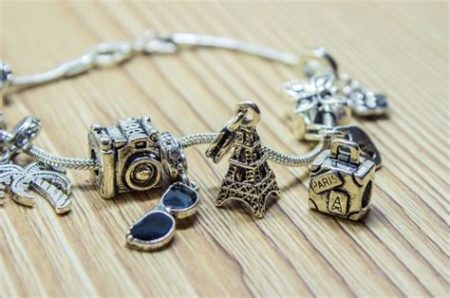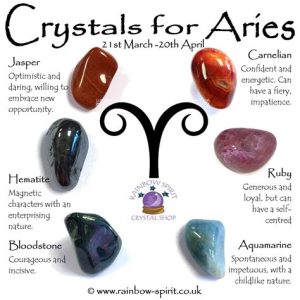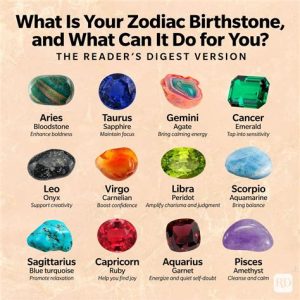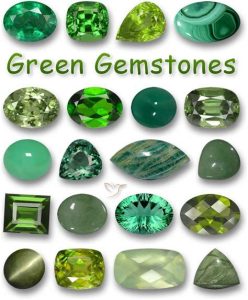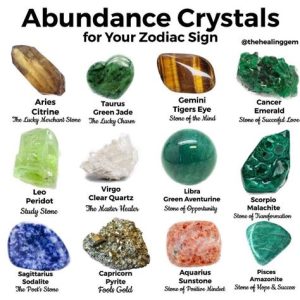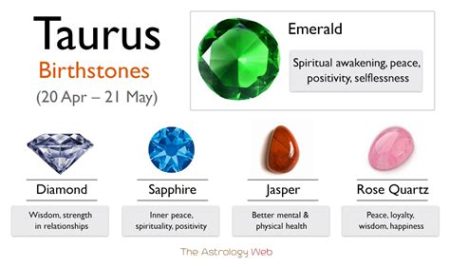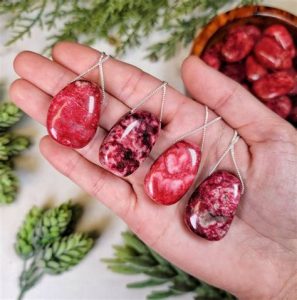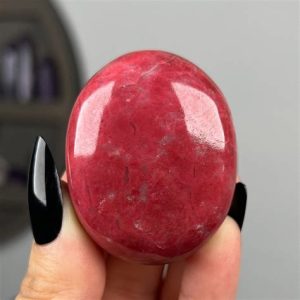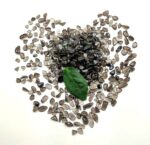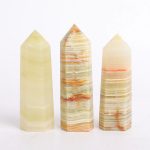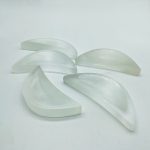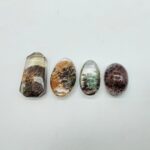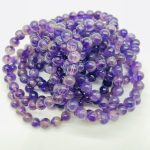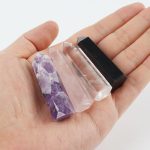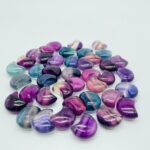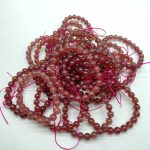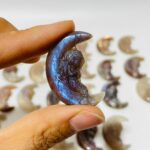Opal, the birthstone of Libras born between September 23rd and October 22nd, is a captivating gemstone renowned for its kaleidoscopic play of colors. Its name stems from the Sanskrit word “upala,” meaning “precious stone” or “jewel.” Opals are primarily found in Australia, which produces over 95% of the world’s supply, but they can also be found in other regions such as Mexico, Guatemala, Ethiopia, and Brazil.
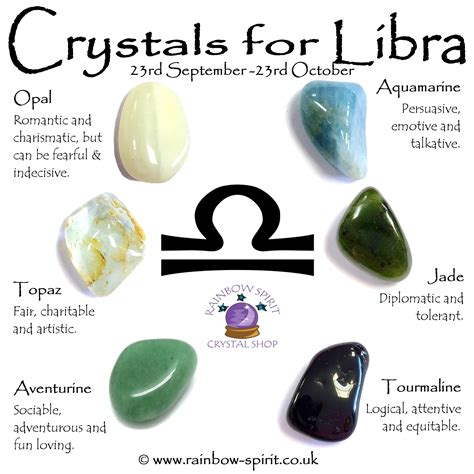
Etymology and History
The term “opal” derives from the Latin “opallus,” which is believed to have originated from the Greek word “opallios,” meaning “to see a change of color.” This aptly describes the opal’s mesmerizing ability to reflect and refract light, creating a spectrum of iridescent hues. Throughout history, opals have been prized by various cultures for their beauty and believed to possess mystical powers.
Ancient Beliefs and Legends
In ancient Rome, opals were associated with the goddess of love and beauty, Venus. Romans believed that opals could enhance vision, bring good fortune, and promote harmonious relationships. Similarly, in ancient Greece, opals were believed to have healing properties and were used to treat eye ailments.
Properties and Characteristics
Opals are composed of hydrated silica, with a water content ranging from 3% to 21%. Their unique structure allows them to diffract light, resulting in the characteristic “play-of-color” effect. Opals can exhibit a wide variety of colors, including white, black, blue, green, red, yellow, and orange.
Types of Opals
There are several different types of opals, classified based on their color and pattern:
- White Opal: The most common type of opal, with a milky-white base and a play-of-color that shimmers predominantly in blue and green.
- Black Opal: A rare and highly prized variety with a dark, almost black body and a vibrant play-of-color that can range from blue to green, red, and yellow.
- Boulder Opal: An opal that has formed within a matrix of ironstone or sandstone, creating a unique and earthy appearance.
- Fire Opal: A rare and fiery-colored opal with a reddish-orange hue, sometimes referred to as “Mexican opal.”
Spiritual Significance and Healing Properties
In modern times, opals are believed to have a range of spiritual and healing properties. They are said to promote emotional balance, inner peace, and creativity. Some believe that opals can enhance psychic abilities and facilitate communication with the spirit world. In crystal healing practices, opals are often used to treat conditions related to the eyes, skin, and emotional well-being.
Libra Traits and Compatibility
Libras, born under the seventh astrological sign, are known for their diplomatic, balanced, and harmonious nature. They are symbolized by the scales, representing their quest for justice and equilibrium. Opals complement Libra’s personality by enhancing their charm, compassion, and social graces.
Care and Maintenance
Opal is a relatively soft gemstone, with a hardness rating of 5.5 to 6.5 on the Mohs scale. It is important to handle and store opals with care to prevent scratches and damage.
Care Tips
- Store opals in a soft-lined jewelry box or pouch to prevent scratches.
- Avoid exposing opals to extreme heat or cold, as this can cause them to crack or lose their water content.
- Clean opals regularly with a mild soap solution and a soft brush.
- Have opals inspected by a jeweler annually to check for any damage or repairs.
Market Insights and Trends
The global opal market is valued at approximately $1.5 billion, with Australia dominating the supply. The demand for opals has been steadily increasing in recent years, driven by growing consumer interest in unique and colorful gemstones.
Emerging Trends
- Designer Jewelry: Opals are becoming increasingly popular in designer jewelry, with renowned jewelers incorporating them into earrings, necklaces, bracelets, and rings.
- Alternative Gemstones: Opals are gaining traction as an alternative to traditional precious stones such as diamonds and rubies, offering consumers a unique and affordable option.
- International Markets: The demand for opals is expanding globally, particularly in emerging markets such as China and India.
Common Mistakes to Avoid
Here are some common mistakes to avoid when purchasing or caring for opals:
- Not researching: Before purchasing an opal, thoroughly research different types, colors, and patterns to find one that best suits your preferences.
- Overpaying: Be aware of the market value of opals and compare prices from reputable sellers to avoid overpaying.
- Improper storage: Store opals properly to prevent scratches and damage. Avoid exposing them to extreme temperatures or harsh chemicals.
- Insufficient cleaning: Regularly clean opals using the proper techniques to maintain their luster and prevent tarnishing.
Frequently Asked Questions
1. Are all opals created equal?
No, opals vary in quality and value based on their color, pattern, and transparency. Black opals are considered the most valuable, followed by white opals and boulder opals.
2. How can I determine the authenticity of an opal?
To determine the authenticity of an opal, look for the characteristic “play-of-color” and examine it under different lighting conditions. Genuine opals will display a vibrant and shifting play-of-color.
3. Is it safe to wear opals in water?
While opals are relatively durable, it is not recommended to wear them in water for extended periods. Prolonged exposure to water can potentially damage the opal’s structure and affect its play-of-color.
4. Can opals be resized?
Opals are delicate and resizing them is not recommended. If necessary, consult with a skilled jeweler who specializes in working with opals.
5. What are some unique applications for opals?
Opals have been used in a variety of creative applications, including jewelry, mosaics, and even inlays for musical instruments.
6. How can I get the most out of my opal jewelry?
To get the most out of your opal jewelry, clean it regularly, store it properly, and avoid exposing it to harsh chemicals or extreme temperatures.
Conclusion
Opal, the birthstone of Libras, is a captivating and versatile gemstone that embodies beauty, balance, and creativity. Whether worn as a talisman or admired as a work of art, opals continue to enchant and inspire with their ethereal play-of-color. By understanding the properties, care, and significance of opals, you can appreciate their unique allure and make informed decisions when purchasing or using them.

